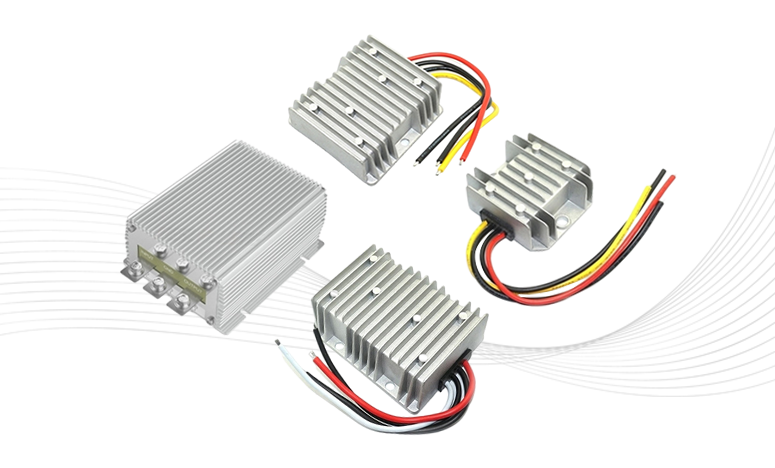Ripple Analysis and Control in DC-DC Converter
DC-DC power converters are widely used to adjust voltage levels in electronic devices. However, the high-frequency switching circuits that drive these converters often generate ripple voltage and current—unstable components that can impact device performance. The acceptable ripple level depends on the specific application, with sensitive systems requiring minimal ripple, while less critical devices may tolerate higher levels.
What is Ripple?
Ripple refers to AC fluctuations in voltage or current within the output of
a buck-boost DC-DC converter. These fluctuations are caused by the converter's design, switching frequency, and load conditions. Ripple is typically measured in terms of peak-to-peak, peak-to-valley, or average values.
Ripple in Sensitive Applications
For applications like audio amplifiers or analog signal processors, ripple must be minimized to avoid noise or signal distortion. In these cases, ripple should be kept below a few millivolts. On the other hand, consumer electronics like smartphones may tolerate higher ripple due to internal filtering mechanisms like batteries.
Key Factors Affecting Ripple
-
Load Conditions: As the load increases, ripple tends to rise because more current is required.
-
Switching Frequency: Higher switching frequencies can reduce ripple but may increase cost and complexity.
-
Design Techniques: Using filters like capacitors and inductors helps reduce ripple, but this adds to the system's cost and complexity.
Mitigation Strategies
To reduce ripple, designers often use filters, optimize switching frequencies, or apply advanced switching techniques. For highly sensitive applications, effective ripple suppression is crucial to maintaining system performance and reliability.
Trade-offs Between Ripple and Efficiency
While reducing ripple is important, there is often a trade-off between ripple minimization and overall converter efficiency. Implementing advanced filtering or higher switching frequencies can increase the size and cost of the converter, potentially impacting its efficiency. Designers must balance these factors to achieve the desired performance while maintaining an efficient design.
Impact of Ripple on Long-Term Reliability
Excessive ripple can also affect the long-term reliability of electronic systems. Over time, constant ripple-induced stress on components like capacitors and transistors can lead to premature failure. In high-reliability applications such as medical devices or aerospace systems, keeping ripple within stringent limits is critical to ensuring the durability and longevity of the system.
Conclusion
In summary, while the ideal ripple level depends on the application, minimizing ripple is essential in sensitive systems. By considering load conditions, switching frequency, and design choices, ripple can be controlled to meet the needs of various devices. Additionally, balancing ripple suppression with efficiency and long-term reliability is key to designing robust, high-performance DC-DC converters.
Related Blog


